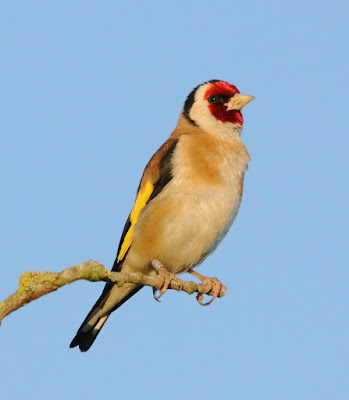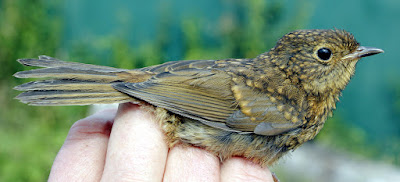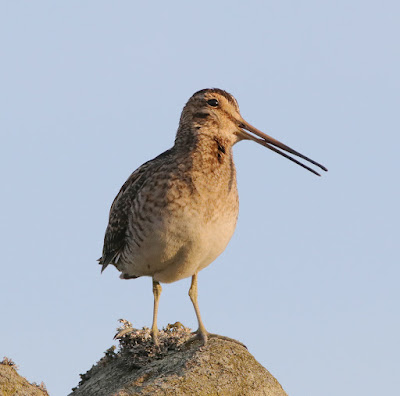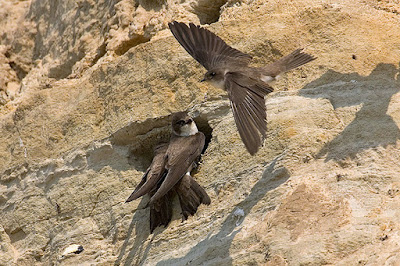Most people would settle for seeing a Barn Owl. I saw four this morning, all different birds as they were at widely spaced localities. While Barn Owls can breed in any month of the year they do mostly favour the summer months around here. All four were headed back to farm buildings and I watched two of them carry food through open ended barns and into the darkness beyond.
I have no doubt that there are a number of young Barn Owls soon to emerge into the Fylde countryside. Needless to say, I am not about to divulge the whereabouts of breeding sites of an owl that has Special Legal Protection under the UK Wildlife and Countryside Act. At this time of year only those people with the necessary paperwork should be anywhere near a Barn Owl.
Barn Owl
Soon after first light I stopped at Braides Farm to see a very young Kestrel sat on top of a pole. It was a very young bird, so young that it was still downy and its flight feathers not fully formed.
Kestrel
There was little else to see so early in the morning so I journeyed my way north and towards Conder Green.
All seemed quiet since the Avocets departed some days ago. It appears that between the three or four nesting attempts, none were totally successful with not a one fully fledged youngster. A disastrous year for ground nesting birds here with local birders concluding that Carrion Crows, American Mink, Red Fox and large gulls conspired to relieve nesting Avocet, Oystercatcher, Redshank, Lapwing, Tufted Duck, Mallard and goodness knows what else of eggs and/or chicks.
Wisely the Common Terns chose to nest on a floating platform, out of harm’s way and some yards into the centre of the pool; a good result for them as they now have three fully flying youngsters.
Common Terns
Common Tern
Apart from the terns there’s little to report. A count of 30+ Swift feeding over the hedgerow is nowadays quite notable for a declining species that once flew in their hundreds over local fields. Swifts were so numerous that intercepting and then ringing dozens of them in a single ringing session in the 1980s is now but a distant memory.
In the creeks waders and wildfowl- 20 Lapwing, 6 Common Sandpiper, 18 Redshank, 12 Oystercatcher, 6 Shelduck, 2 Tufted Duck, 2 Curlew and 2 Little Egret. I noted a few passerines and hirundines by way of 8 Goldfinch, 2 Pied Wagtail, 4 Swallow, 4 Sand Martin, 2 Whitethroat, 2 Reed Bunting, 2 Sedge Warbler, 1 Chiffchaff and 1 Blackcap. When I looked at a Goldfinch photo on the PC, I could see it had a ring on the right leg. But not enough detail to read the one letter and six numbers.
Goldfinch
On the way back home I stopped at Gulf Lane to weigh up the set-aside field where we hope to start ringing on 1st August. The field is looking superb with already a good mix of birds feeding on the multitude of insects and more butterflies than I have seen all year, plus 10 Tree Sparrow, 4 Linnet, 4 Reed Bunting, 3 Whitethroat and a number of Swallows hawking low over the still burgeoning growth.
Set-aside at Cockerham July
Swallow
Woodpigeon
Please lookin in soon for more early birding with Another Bird Blog.
Linking to World Bird Wednesday and Anni's Birding Blog.
Linking to World Bird Wednesday and Anni's Birding Blog.




































































.jpg)












